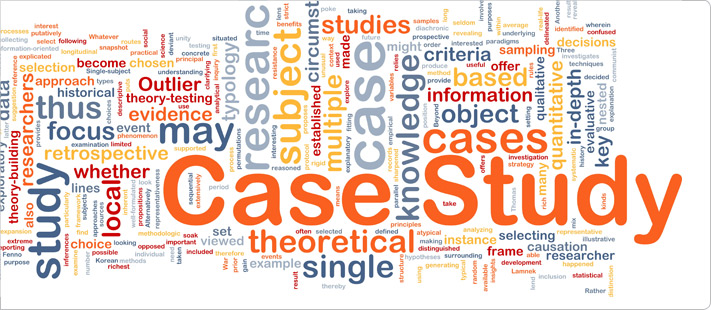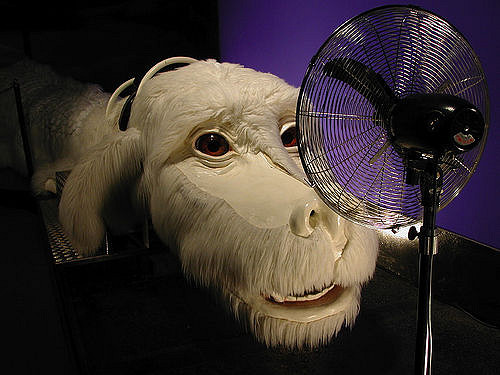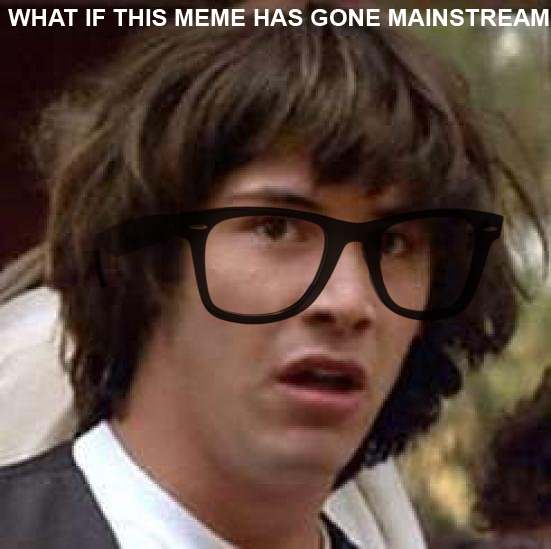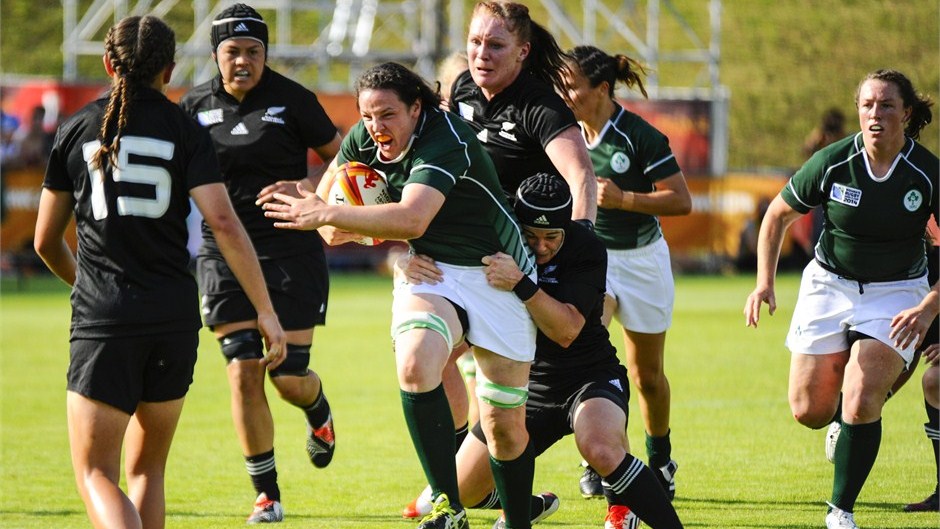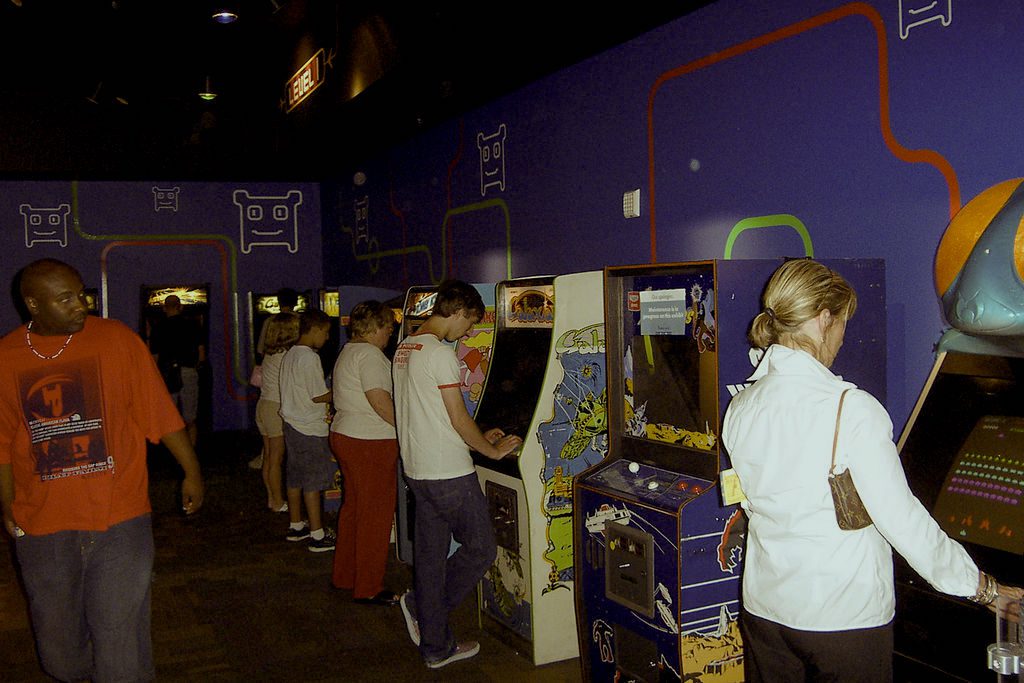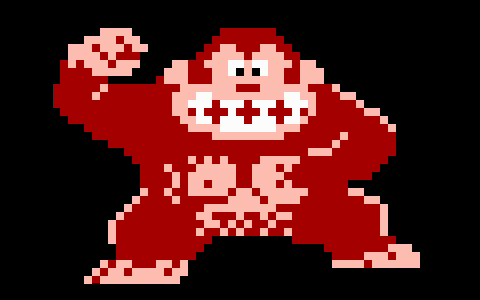If you’re planning your thesis or dissertation research, you might be envisioning a case study design for this project. Or, it might be that your chair is pushing for a case study design, suggesting that it’s the best and most appropriate for your chosen research focus. So, what is a case study anyway? What goes into this design that makes it different from other types of research designs? When is it appropriate to plan a case study and how does it mesh with my own plans for my study? These are all excellent questions to ask and answer if you’re thinking about moving forward with this type of study, and hopefully you the following will help you plan your dissertation or thesis more mindfully.
Case Study Doesn’t Mean Examination of a Single Person’s Story
There is an everyday sense of what “case study” refers to, and this is the in-depth and extensive story of one super-unusual person’s life and experiences in certain areas. There can be case studies that focus on single individuals, but this is really much more unusual than you might imagine. The unusual case in the form of an individual can certainly be a worthwhile and informative focus for a case study, but this is not actually synonymous with case study as many might imagine.
In other words, those riveting in-depth documentaries about people who are extraordinarily gifted or extremely deviant might be highly absorbing and thought-provoking, but the case study is really made by a collection of complex processes of data collection and qualitative and/or statistical analysis, all centering around a certain type of topic and research questions. We’ll go over the basics of a case study in the next sections, which will ideally help with focusing your dissertation appropriately in terms of its topic, research questions, and procedures.
What Can You Examine Through a Case Study?
Robert Yin is one of the most prominent experts on qualitative research and case study methodology in particular, and here’s what he has to say about this question:
A case study is an empirical inquiry that: (a) investigates a contemporary phenomenon (the “case”) in depth and within its real-world context especially when, (b) the boundaries between the phenomenon and the context may not be clearly evident. (p. 16)
Thanks, Robert, that was super helpful. Let’s think about the different components of this definition to consider what it does and does not include. First of all, there is the “contemporary” part, meaning that the phenomenon is something that is going on currently. This means that you really can’t study historical processes or conditions through the case study approach. So, if you were thinking about exploring the interactional dynamics of the 1970s disco scene, you might need to pick another research design, because that’s so over. OVER.
But, provided that the phenomenon is something that is currently going on, you’re off to a great start. Which brings us to this whole “phenomenon” thing—what does this mean exactly? In short, a phenomenon is a fancy way of saying, “a thing that happens.” Assuming that the thing is happening now, we’ll need to make sure that the examination of the phenomenon has a great level of complexity and depth, and that you’re considering this as it occurs in everyday environments.
If you’re interested in looking at people’s collaborative versus competitive behavior, this would definitely allow for an in-depth exploration of the complexities of these processes. But, if you set up your study such that you examined students’ cooperative or collaborative behavior in a simulated situation in a lab, this wouldn’t qualify as a case study. This is great way of studying people’s behavior, but this is more in line with the experimental method than the case study.
So, how would you shape this study so that it meshes with the requirements of a case study? What you’d need to do is make sure that you’re examining cooperative and competitive behavior as it actually occurs in a specific setting. If you’re working in educational research, you could look at student behavior in the classroom, teachers’ and administrators’ interactions, etc. Conducting examinations of these types of complex interpersonal processes in settings like the workplace or sports teams is also very common in case study research, because case studies are designed to capture all of this complexity by looking at your questions from multiple angles. We’ll get to that a bit later, though.
You can see how the notion of the workplace or a sports team might seem to blend together with cooperative and competitive behaviors that happen during the workday or during games and practice. This blending of the phenomenon and the context is the essence of the second descriptive statement Yin (2013) shared with us about case studies. Similarly, if you think about a context like a school, you’ll see that the processes that occur between students, teachers, administrators, and parents cannot be separated from the basic meaning of “school.” This complexity is integral to the case study design.
OK, so we understand that a case study needs to focus in an in-depth manner on something complex that is currently occurring in a natural or everyday environment. What else do we need to know about the case study? Our trusty friend Yin (2013) has this to say:
A case study inquiry: (a) copes with the technically distinctive situation in which there will be many more variables of interest than data points, and as one result relies on multiple sources of evidence, with data needing to converge in a triangulating fashion,and (b) as another result benefits from the prior development of theoretical propositions to guide data collection and analysis. (p. 16)
As you read this, you might think that you yourself are experiencing the technically distinctive situation I like to refer to as, “What in the world is this guy talking about?”
Here’s the deal: Everyday human life is extraordinarily complex. We process more information that we’re even aware of and we do it very quickly, which makes a full appreciation of our everyday processes via a single study a tall order. But, we can do a nice job of capturing at least some of this complexity in our dissertation or thesis writing if we look at our question from multiple angles (hence, the “multiple sources of evidence” thing).
There are all sorts of data sources that you can use, like interviews, focus groups, observations, review of archival records or documents, surveys, and even visual items like pictures or drawings–and we provide dissertation assistance to many doctoral candidates determining the best sources and data collection methods for their qualitative research. Although this is not exclusively so, what you’ll find most often is that at least three sources of data are expected to be included to meet case study requirements. So, if you are looking at cooperative and competitive behavior in the workplace, you might use individual interviews with different employees to ask them about their first-hand experiences with being cooperative or competitive, or being on the receiving end of such behavior from coworkers.
Imagine what you might learn from employees by asking them about these experiences in private interviews! Then, you might think, “What if each person’s unique perspective only captures so much of what is going on here?” That’s a great question. Looking at the group of interviews as a whole will definitely help you to sort this out, because you can look at how different employees’ accounts are similar, and also how they’re different. These points of convergence and divergence are always so informative. But, maybe talking to people about their experiences only captures so much? In this case, conducting guided observations of interpersonal interactions in the actual workplace would likely shed all kinds of helpful light on this question.
Just as you did with your group of interviews, you could then look at how your observations of competitive and cooperative behavior during the actual workday were similar to and different from what you learned through the interviews. This is what Yin is talking about when he says, “converge in a triangulating fashion.” This triangulation is a signature aspect of the case study design, and lends great and admirable robustness to your data and subsequent findings. It sounds really fancy and sophisticated when we talk about assessing the degree of convergence across data sources, but it’s really something that we do all the time because it helps greatly to sort out what’s going on in personal or professional situations that aren’t especially clear.
As for the last segment of Yin’s definition regarding the use of theoretical propositions, this is great when you are using your case study to examine processes using prior “hunches” that you draw from current scholarship (usually while drafting your literature review). It’s not always essential to form such propositions ahead of time, though, and if you’re planning an exploratory qualitative case study, it’s perfectly fine to go into your exploration without any types of hypotheses or propositions developed beforehand. OK, enough about this. Let’s move on to the actual types of research questions you can ask in your study, as this helps to clarify the aims of case studies.
What Kinds of Research Questions are Appropriate for a Case Study?
There are so many different types of research questions you can ask in qualitative research, and following your interests is always a good choice. But, it’s really important to understand what you can and cannot do with a case study design before getting into one. Again, deferring the wisdom of the knower of all things case study, Yin (2013), let’s consider the following:
Doing case study research would be the preferred method, compared to the others, in situations when (1) the main research questions are “how” or “why” questions; (2) a researcher has little or no control over behavioral events; and (3) the focus of study is a contemporary (as opposed to entirely historical) phenomenon. (p. 2)
Let’s go over each of these three points to think through their meanings and applications in your own research. So, the first situation that calls out for a case study approach is the study that involves research questions that ask “how” or “why” something is as it is, or occurs as it occurs. If you think about how people answer “how” or “why” questions, you can see that these tend to draw out more complex responses that in some individuals, seem to last an eternity. Not so great when the soliloquy comes from someone you’re stuck sitting next to on a plane, but fabulous when you’re collecting data for a case study, provided that you pick a topic you find interesting.
You might wonder (as many of our clients performing qualitative research do), if I need to focus on “how” and “why” questions in a case study, are there certain types of questions that I should avoid? Yes, absolutely! In contrast to asking “why” or “how” something happens, when you ask questions that start with “what,” you clearly limit the types of responses you’ll receive. Let’s compare a couple of questions to see how this works. Think about the differences in responses you might receive if you asked these two questions:
RQ: What do Donkey Kong experts enjoy about arcades?
RQ: How do Donkey Kong experts describe the arcade experience?
Although both of these questions are certain to draw out riveting responses from your Donkey Kong experts, if you imagine asking these two questions and what types of responses they might elicit, you can see some very clear differences here. Let’s go over some possible responses that you might obtain if this were your study.
RQ: What do Donkey Kong experts enjoy about arcades?
DK expert 1: I like all the pinging and dinging sounds, and the cool lights with like, all those different colors and stuff, and the smell of stale popcorn with fake butter.
DK expert 2: Oh, I enjoy Donkey Kong mostly. I like to play Donkey Kong, and I like to play Asteroids too, but mostly Donkey Kong. Donkey Kong is my favorite game, and it’s best in the arcade.
DK expert 3: Maintaining my reign of supremacy on Donkey Kong! I’ve had the high score forever, and no one will ever topple me on Kong, man!
DK expert 4: I like how it’s another world. It’s like my own realm or something when I’m playing Kong. And like, no one can judge me. And it’s pretty much the only place I can wear my Galaxian t-shirt with the gold sparkles and it doesn’t seem out of place.
What you might notice about these responses is that they’re fairly short and to the point, and pretty much just provide you with a list of things that Donkey Kong experts like about arcades. So, your findings might look something like:
- Playing Donkey Kong
- Staying #1 on Donkey Kong
- Arcade sounds
- Arcade sights
- Arcade smells
- Special world
- Fitting in, acceptance
This is an intriguing list, but don’t you find yourself wanting to know more? No? Oh, come on! They’re Donkey Kong experts! It seems like there must be so much more going on here in these experts’ experiences and interpretations, but we really only scratch the surface here. Remember that a central requirement of the case study in dissertation or thesis writing is that it be an IN-DEPTH examination of your phenomenon of interest. Even if you combine these interview-based data with observations in the arcade and review of archival documents like Donkey Kong fan club newsletters, you still miss out on the richness and complexity of experiences and perceptions you can draw out using “How” or “Why” questions. So, let’s imagine that you approached your case study on Donkey Kong experts using the “How” question that we touched upon earlier.
RQ: How do Donkey Kong experts describe the arcade experience?
DK Expert 1: When I go to the arcade it’s like this total sensory experience that’s so different from what I go through all day at work. Like, I work as a paramedic and that’s awesome. I save actual lives, and there really isn’t anything more meaningful to me in my life than that. But, it’s obviously ridiculously stressful and fast-paced, and it’s loud and crazy and people are of course on the edge because they’re hurt or sick or they’re afraid their family member might die. That’s hardcore, but when I go into the arcade, it’s like, darker, with all these cool lights and little dings and pings from the machines, and that popcorn smell with that orange butter they put on there. And I just like to zone into Donkey Kong and jump over some barrels and stuff, kinda disconnect a little. Maybe the saving the princess thing is meaningful because I’m saving people every day, but it’s kinda sexist too. It’s an escape, though.
Clearly much more information from our expert #1 here, huh? Now this isn’t just some stereotyped dork with no life who just likes to play video games and look at the cool lights and hear all the dings and pings. Instead, it’s a complex person with a tough and commendable job, who seeks out the arcade to manage stress through sensory means and refocusing on an activity that is much less weighty. That’s a much more textured and complex account of the Donkey Kong expert’s experiences within the arcade context, and notice also that the openness of the question allowed for negative (i.e., saving the princess as possibly rooted in sexism) perceptions of the experience as well as the positive aspects the other RQ focused on.
We often remind our dissertation consulting clients that the case study isn’t just an in-depth exploration of this one Donkey Kong expert’s experiences in the arcade, but an exploration of these experiences as they occur naturally within the “bounded group” or “bounded setting” that is the focus of case studies. We can conceptualize the bounded setting as an arcade in particular, or the bounded group as Donkey Kong experts in a general sense, as long as this concept of the “boundedness” of your group or setting is clearly described with a rationale for such focus.
Back to our experts! We don’t have to go through all four experts’ full interview transcripts as we would for a full qualitative analysis—and do note that these are just excerpts of interviews that might run anywhere from 5 to 30 pages in full—but it will be instructive to look at one more of our experts’ perspectives. This will help you to start thinking about how these accounts differ, what they have in common, and what that might bring to light about the complexities of the arcade experience for Donkey Kong experts. Let’s see what our fourth expert had to say:
DK expert 4: The arcade experience? It’s kind of like another world, another realm. One where I’m OK and people think I’m cool and things like that. I always loved to play Donkey Kong and I just focused on it until I got really good at it. And that kind of made me feel like…school isn’t always so easy. The kids, some of them are jerks and I don’t feel like I really fit in. But, at the arcade I’m “one of them” or really like, “one of us.” Because we all like it, hanging out, the games, and we have a lot in common to talk about. Friends. It’s like, in the arcade I have friends, and people know my initials and check my high scores and then you come in and they’re like, “You rocked it man!” And that’s cool. And like this Galaxian shirt I have, it has gold sparkles on it and that looks awesome in the arcade lights. And people get it there, it’s cool. I wore it to school one time and these guys kept calling me “Star Trek disco boy.” They don’t even know the difference between Star Trek and Galaxian. That’s dumb, if you ask me.
What you’re probably starting to see here is that our two experts’ accounts have some similarities, like experiencing the arcade as a sort of refuge or place of comfort. But, there are also some differences related to social aspects of the arcade. Our first expert is looking to disconnect socially after a hard day providing emergency medical care, while our fourth expert is looking to connect socially and experience a sense of belonging with people he shares interests with after feeling like something of an outcast at school. You can probably imagine how such similarities and differences, when examined across a variety of participants, and also through multiple types of data, will come together to create a very layered and complex portrait of the arcade experience for Donkey Kong experts.
This is what the case study is perfectly suited to capture, although it takes a lot of work to collect the data and analyze it afterward. The results are worth it, though, if you’re looking to increase understanding of how or why things happen in real-world contexts. These contexts should also be currently occurring, which might create an obstacle to creating our Donkey Kong expert case study. But if you can get your hands on a time machine and go back to 1982, do it! This would be such a cool study, but be warned: the music was REALLY bad that year and mullets were becoming fashionable.
References
- Yin, R. K. (2013). Case study research: Design and methods. Thousand Oaks, CA: Sage publications.
